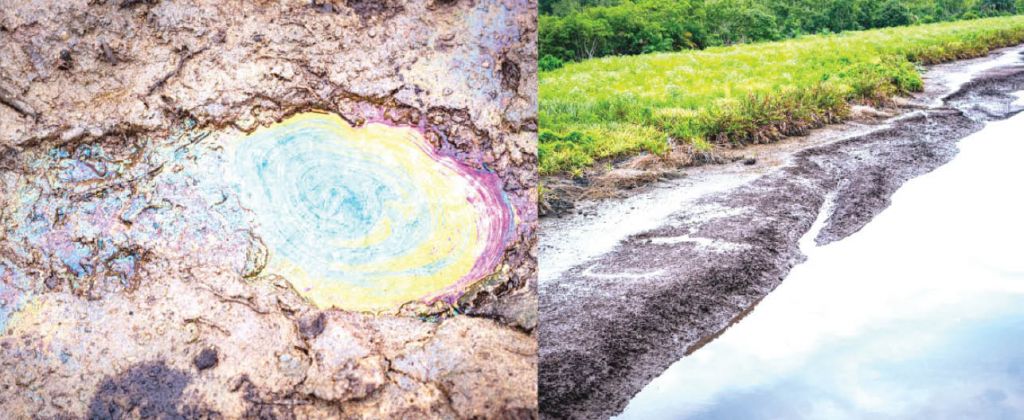Abdulrahman Sulaiman Abubakar is a young photojournalist who rose from a one-minute photographer to an internationally recognized photojournalist. In this interview, the young photojournalist talks about his rise and challenges, among other issues.
My name is Abdurahaman Sulaiman Abubakar. I am a visual communicator and expert photography specialist. I am always proud to say that I am a true Nigerian and a visual specialist, born in Kaduna State. I hold a Senior Secondary School Certificate and a National Diploma in Photography. I have been involved in photography for almost eight years but with a different focus. I am very keen in exploring the cultural environment of our society.
What triggered your interest in photography?
My love for the camera started while I was in primary school and later in life, I started taking pictures as a one-minute photographer. Along the line, I realized that there were many untold stories and things happenings around us. I then decided to tell these stories through photography. So, I started documenting these untold stories using pictures taken by mobile phone.
I gradually learnt that there were better and more special ways to approach this business, so with time, our rich cultures drew my attention to photography using cameras to tell the world a lot of things about us. I felt that sharing the beauty of our nature, land, culture, and diversity with the world, using photography as tool would definitely change the world’s perception about us.

Have you won any awards in national or international contests?
Yes, I won an award in 2022 – an official international award selection from the Photography Awards in New York. I also exhibited my work in Akwa Ibom, in the southern part of Nigeria, where hundreds of people from within and outside Nigeria gathered to appreciate Nigerian photography done by Nigerians.
Did you exhibit works done in the North during the exhibition at Akwa Ibom?
I usually work remotely from the northern part of Nigeria, as well as from other parts of the country. Moreover, I also collaborate with an international stock agency as an ambassador for the whole of Africa.
How many countries have you visited for your work?
I have visited Gambia and Mali, working with Muslim World League, an international NGO based in Saudi Arabia that provides aid to countries worldwide.
Are you currently working on a project?
Yes, I am working on ‘Beneath the Surface’, a photography exploration of the Niger Delta region. This work is being triggered by what the region has been facing in terms of environmental degradation, social injustice, and inequality due to oil exploration. My goal is to showcase the complexities of this region, highlighting the good things it has and the environmental and climate challenges affecting the lives of innocent people living there.
Can you tell us more about this project?
Yes, ‘Beneath the Surface’, as I have said earlier, is a photographic exploration of the Niger Delta – a region beset by environmental degradation, social injustice and economic inequality. Through this project, I intend to peel back the layers of complexity that shroud this region, revealing the intricate relationships between the people, the land, and the oil that flows beneath their feet.
However, as a photographer, I am drawn to the Niger Delta’s paradoxical landscape, where oil rigs and pipelines pierce the mangrove forests, and where the once-pristine waters are now choked with pollution.
My photographs are not just a visual representation of the Niger Delta’s problems; they are also a testament to the region’s beauty, its people’s strength, and their unwavering hope for a better future.
Have you personally visited the areas you’re documenting?
Yes, I’ve visited the areas to witness the situation firsthand and share the story with the world. Their land is blessed with many resources, but climate change issues hinder them from enjoying these blessings.
How would you describe the reception from the people in the area?
The people were very cooperative and friendly, providing maximum support during my work. I got to understand that these people really need a voice because their situation is beyond what one can imagine.
What kind of camera did you use?
I used cameras with specific classifications and also, I used a drone camera for my work.
What would you say are your challenges?
Indeed, nothing comes without a challenge and as such, I never see any challenge as a barrier to attaining what I intended to achieve in the course of my work as a photojournalist. I remember while using a drone in some areas in Port Harcourt, my drone was seized; I had to spend days before I was able to recover my drone and that was after the intervention of some high level personalities.
However, that didn’t deter me, and I completed the work I was doing. Other challenges include issues of people being aggressive by mere sight of cameras. It is usually very difficult to get people to understand what a photographer is doing. It is apparent that one picture can tell a lot of stories that can either change the situation or mar the situation.
What is your perception of photography now that you are in it?
It is a profession worth doing. For me, it isn’t only a hobby, but a profession that contributes to a nation’s development. I am proud to be a photographer and I have no regrets.